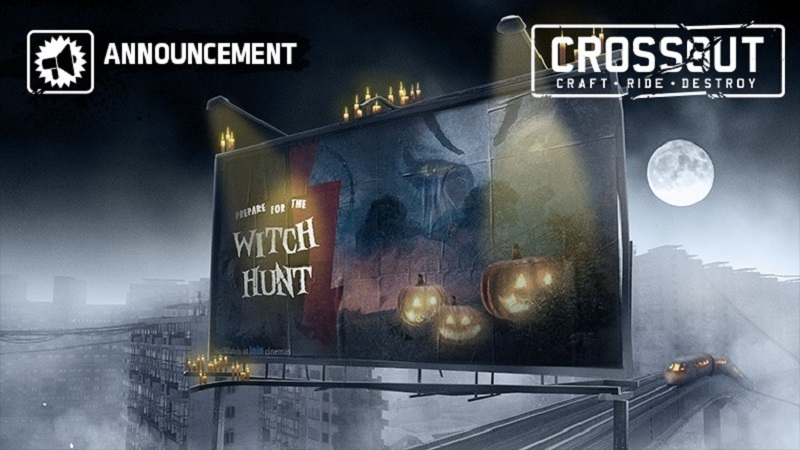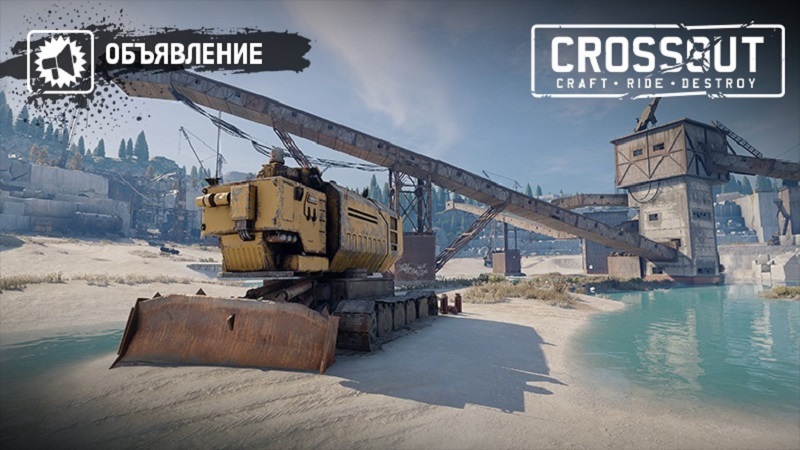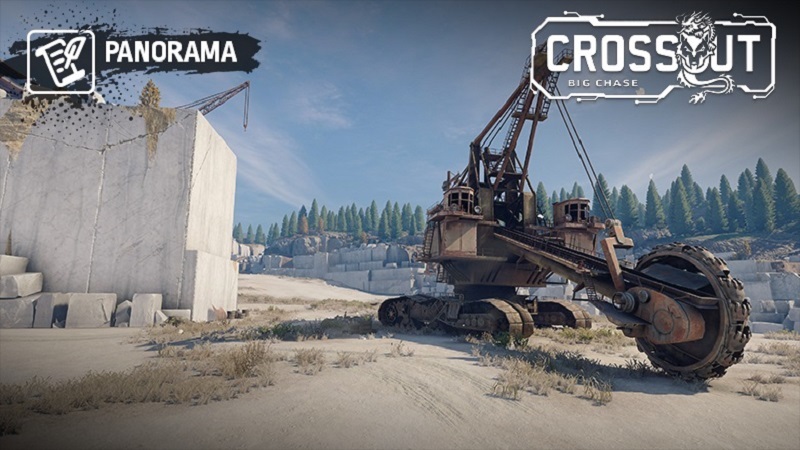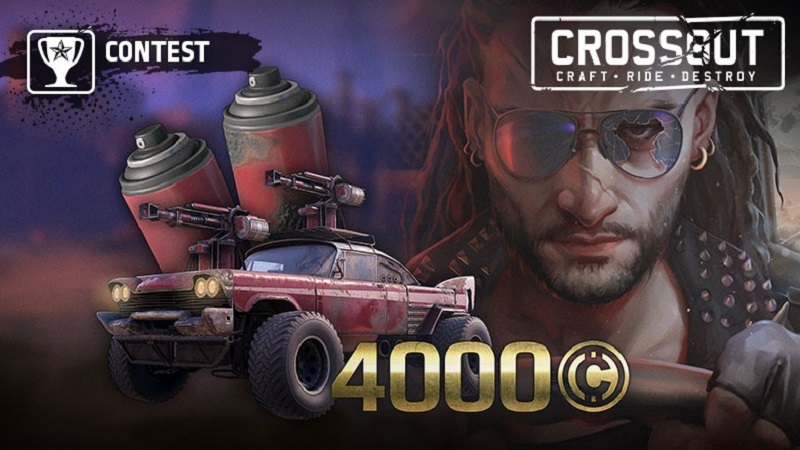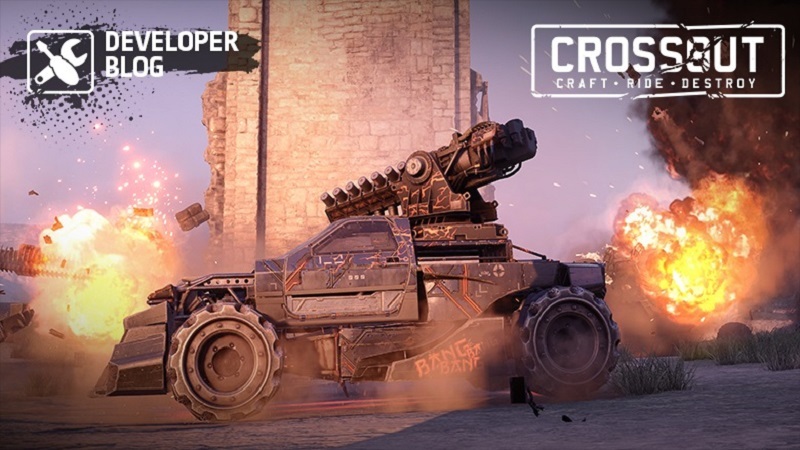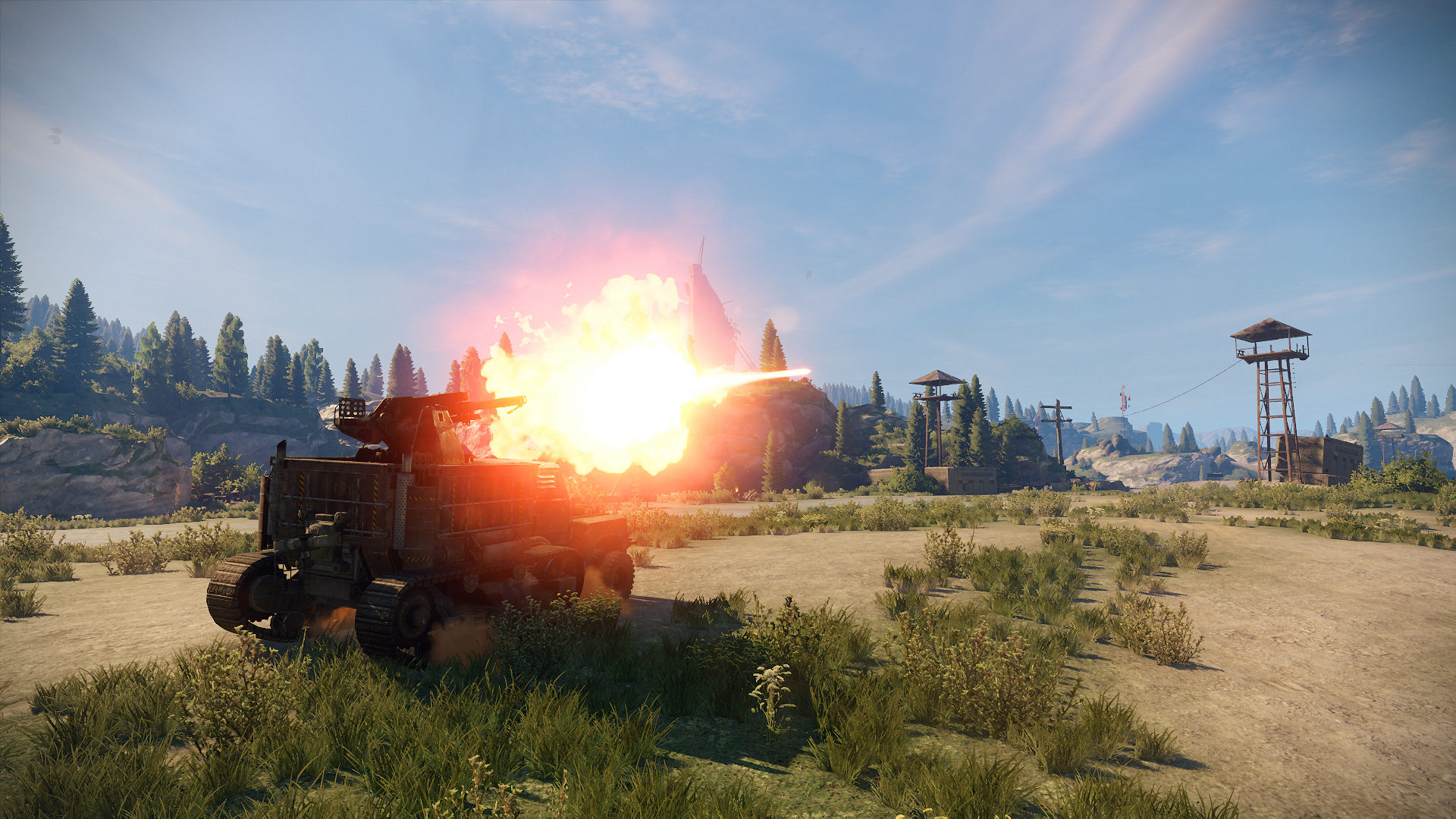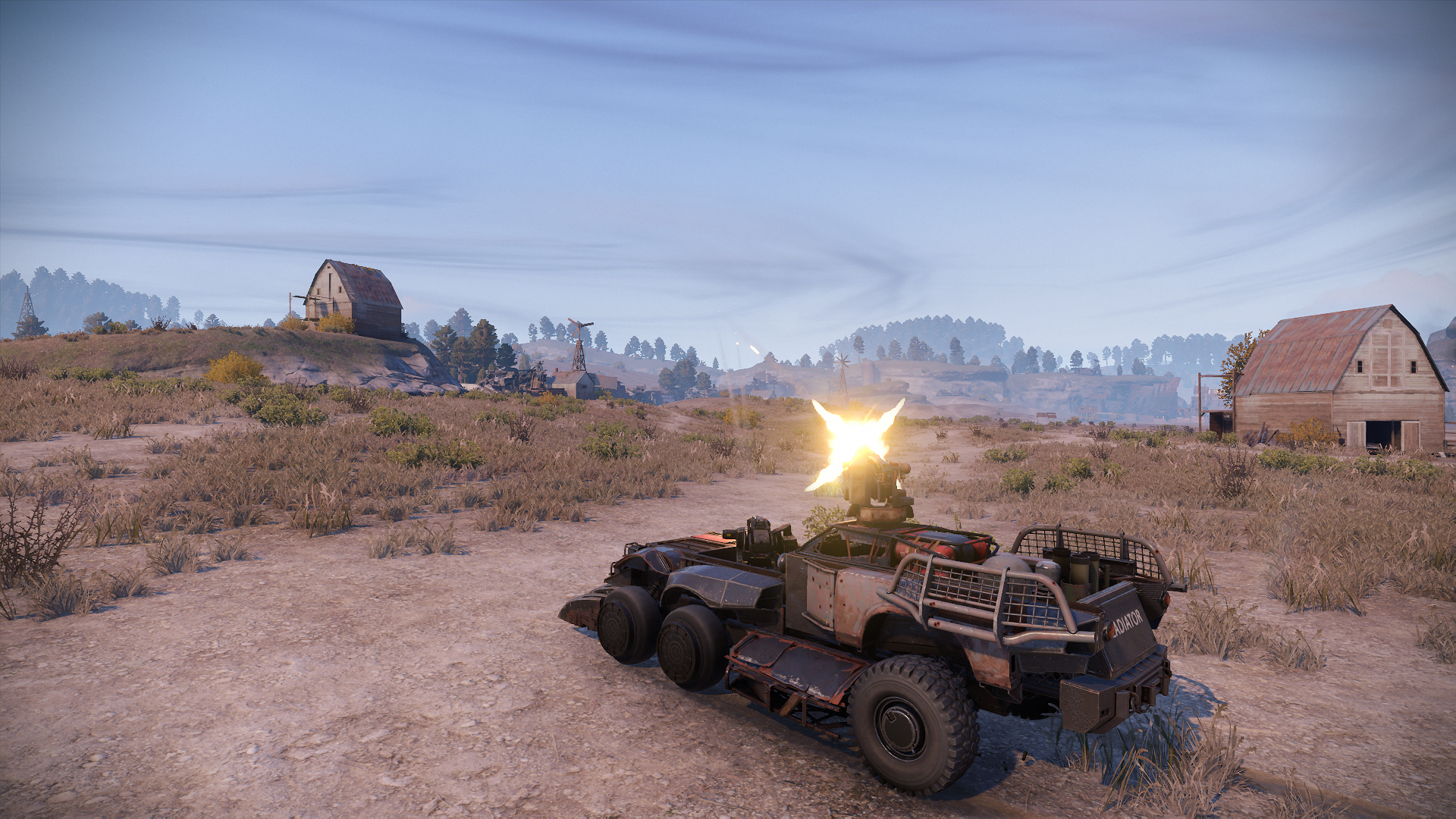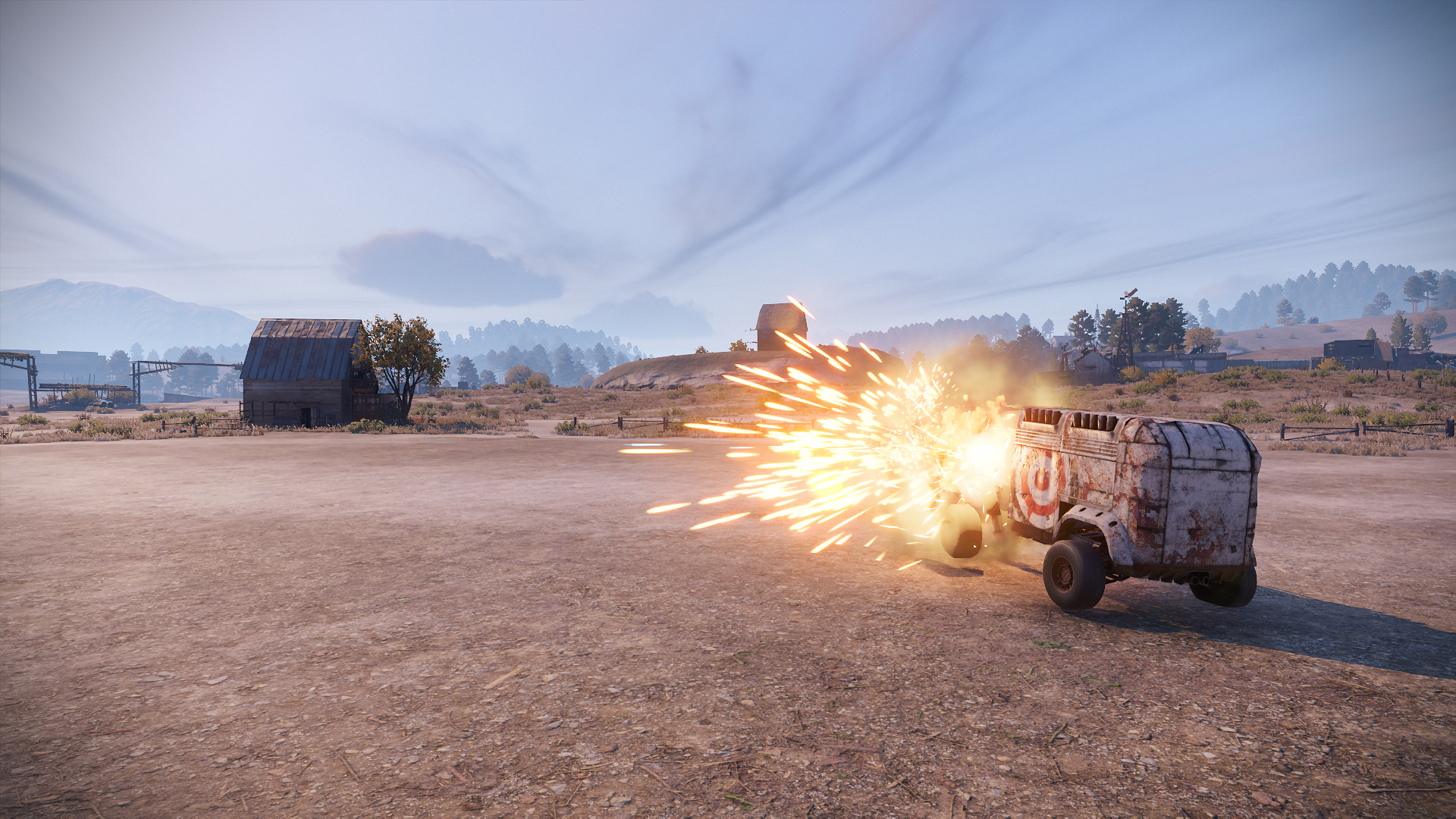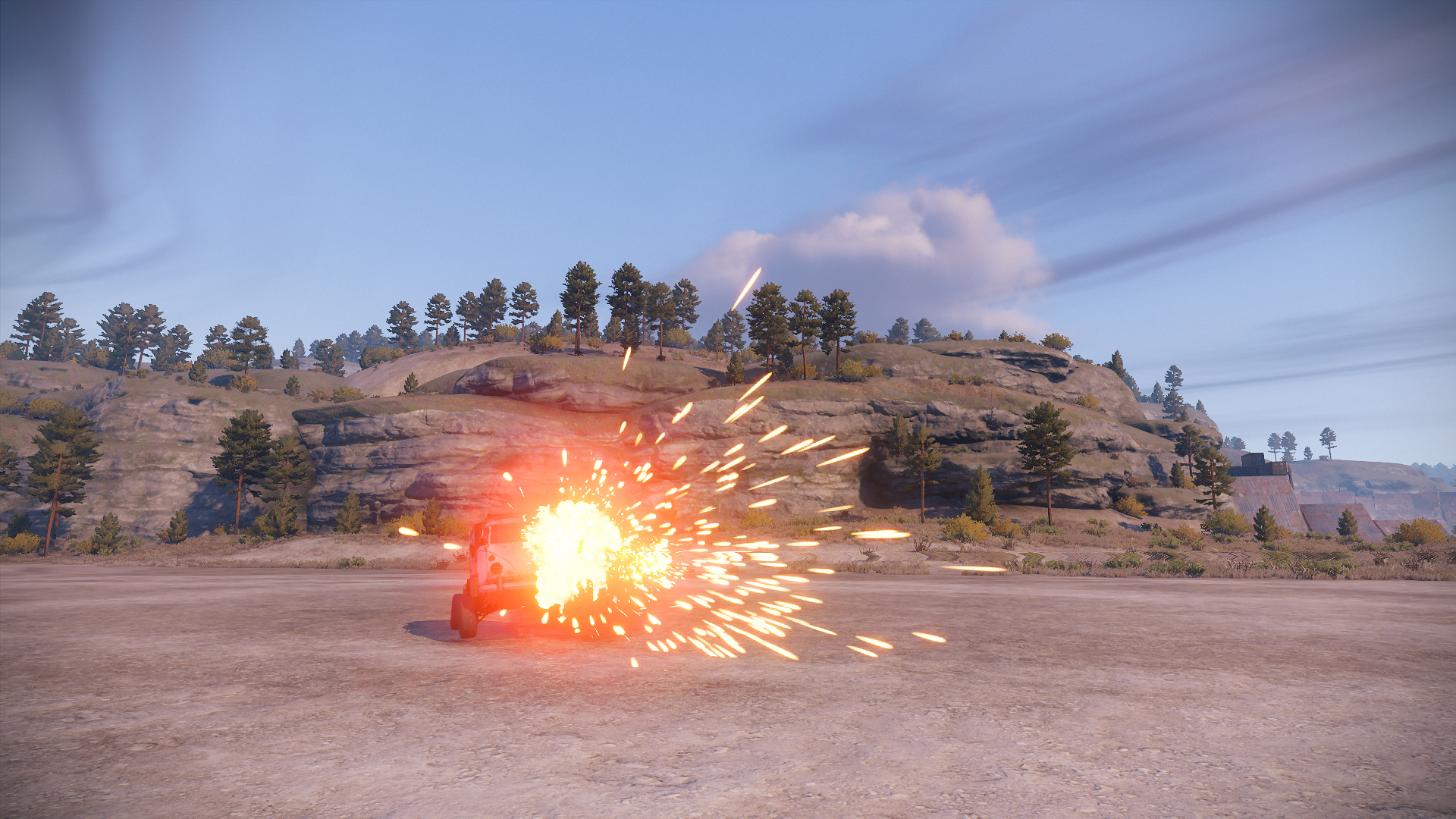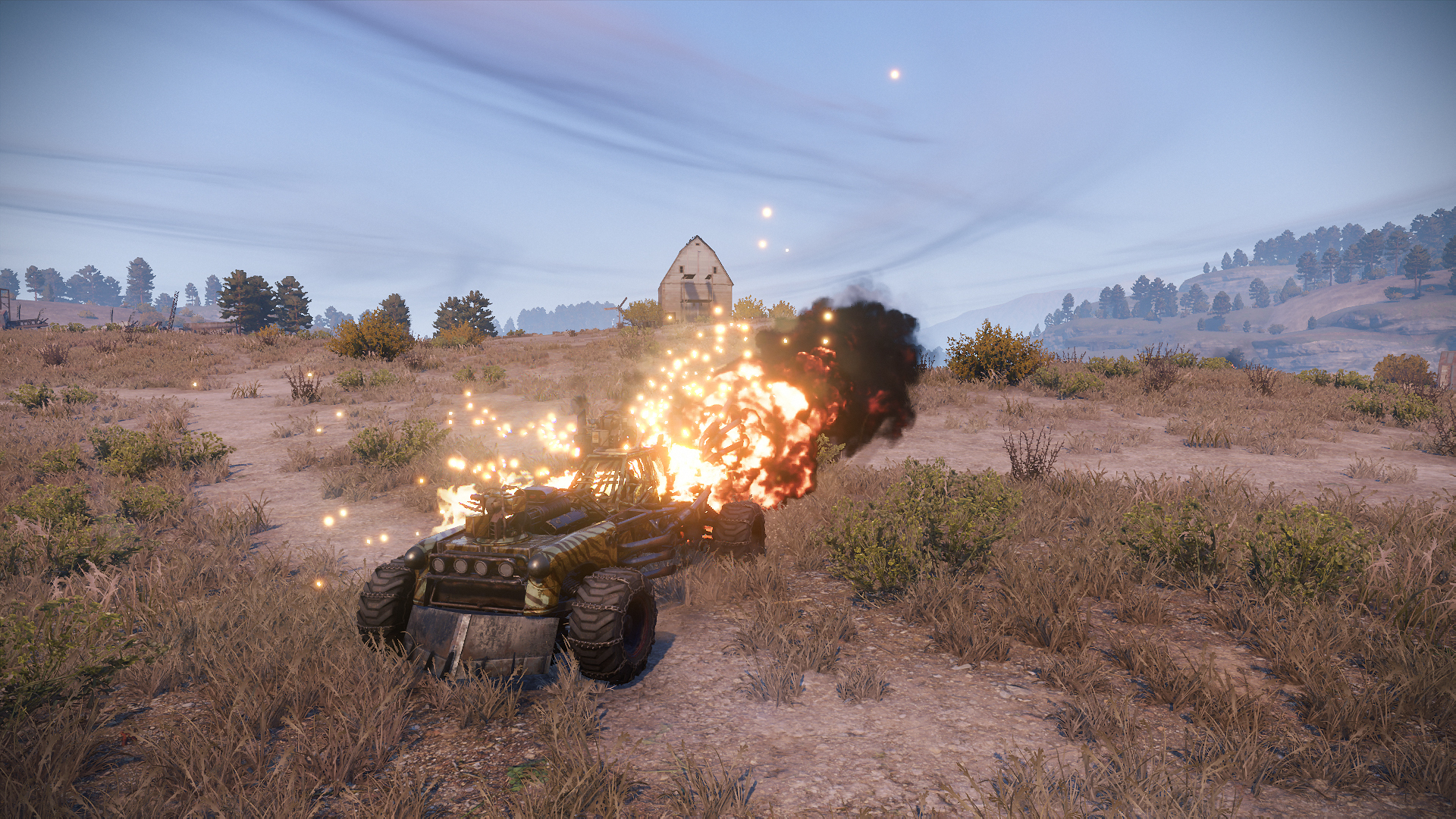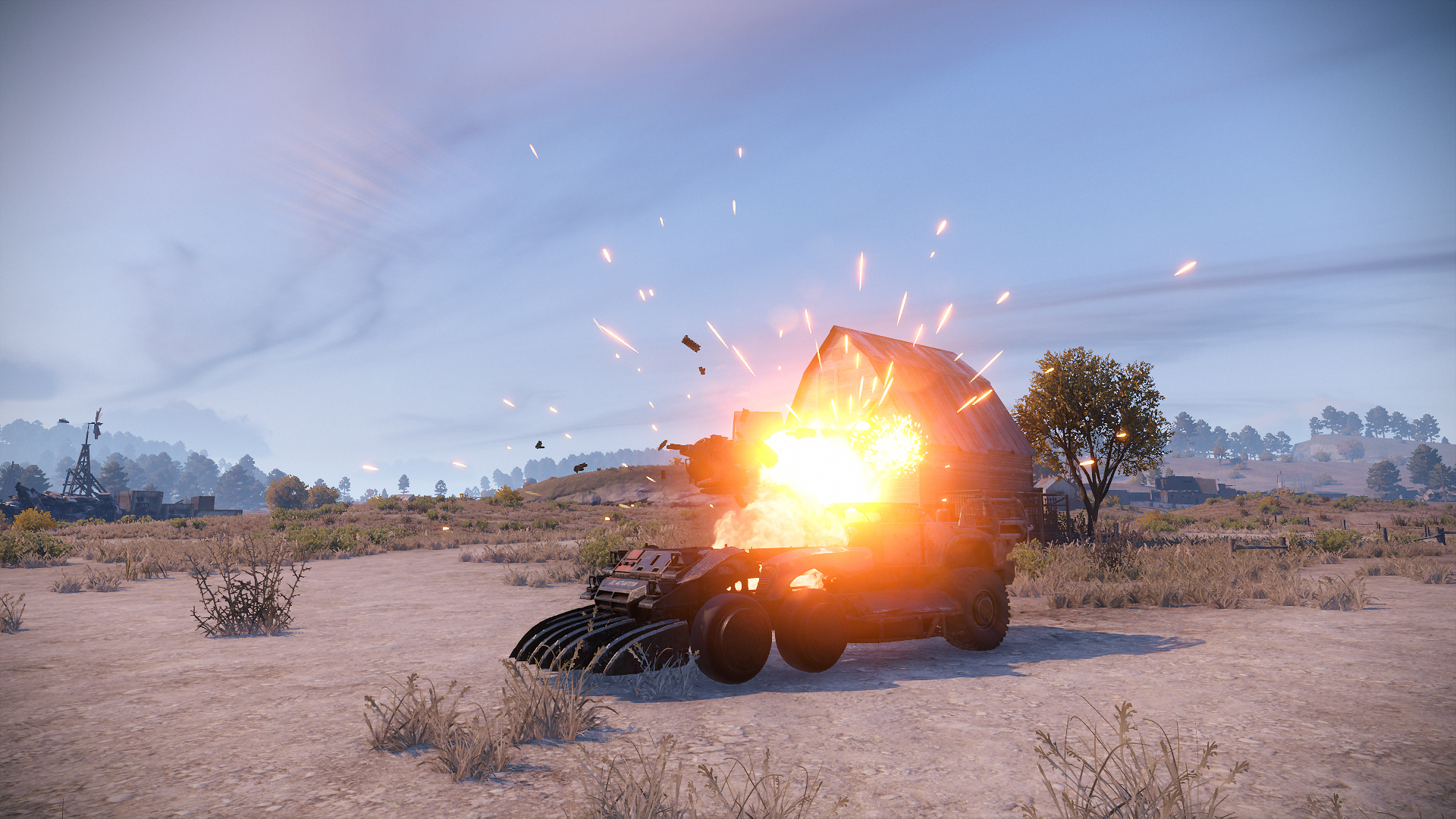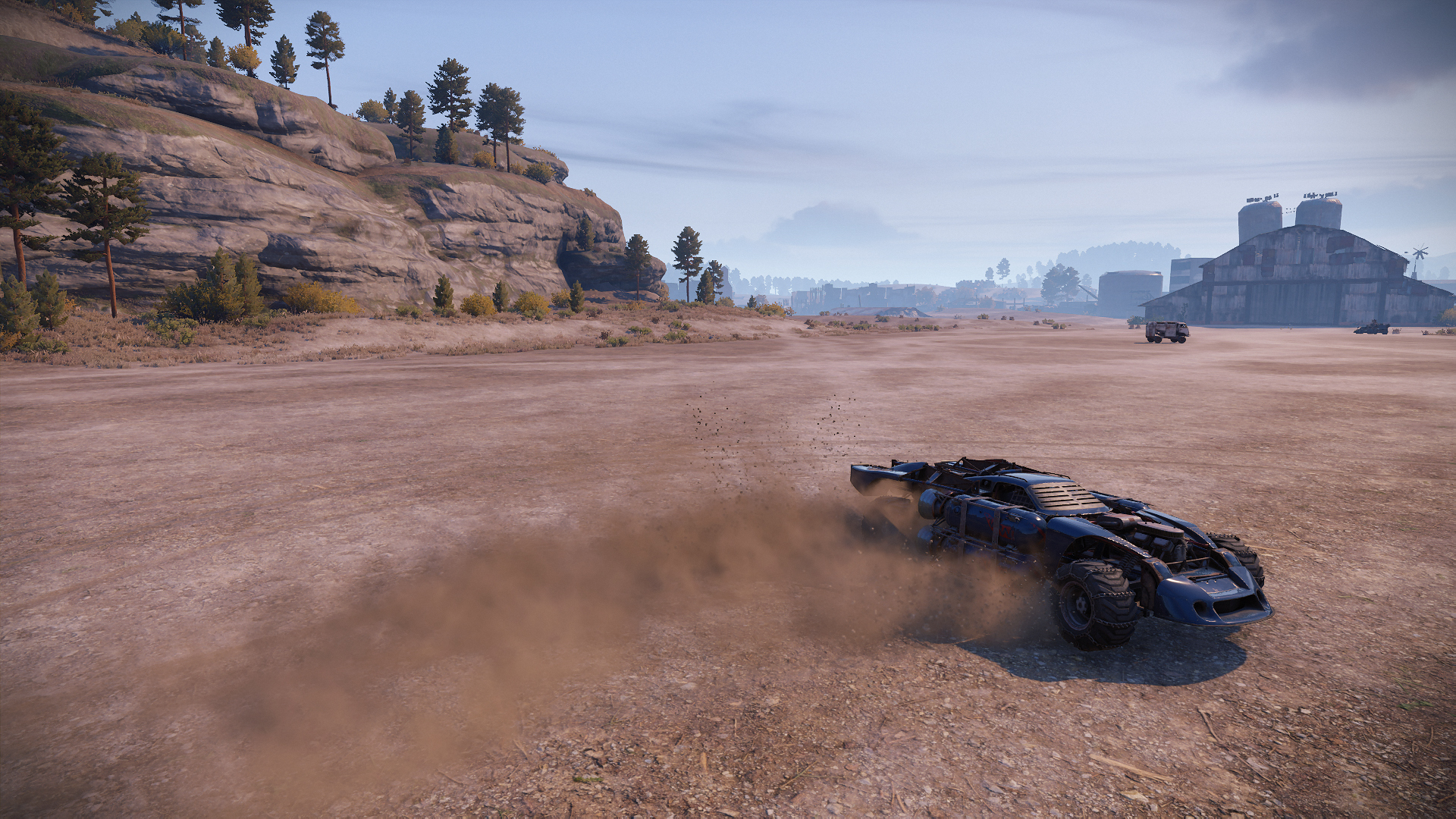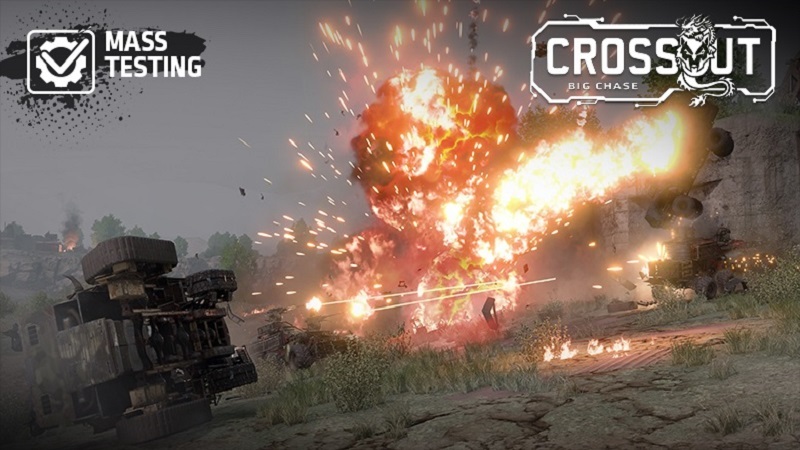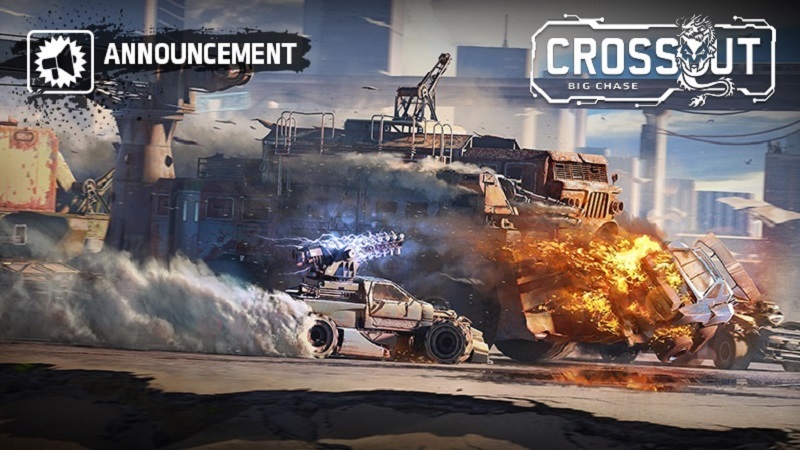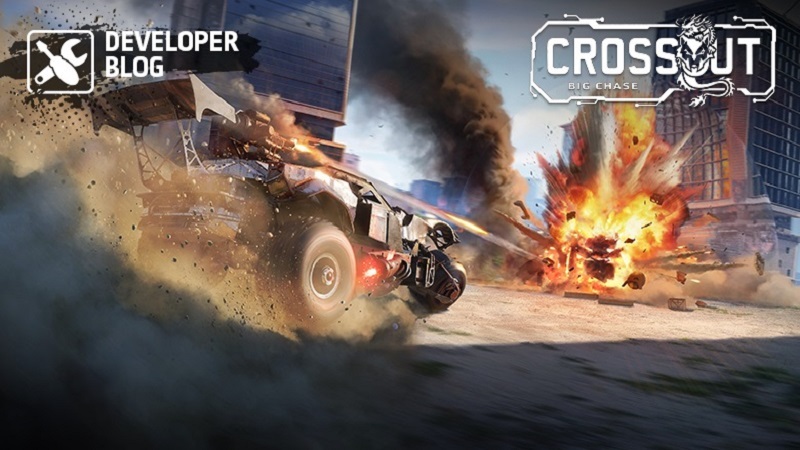
Oct 21, 2022
Crossout - XO_Team
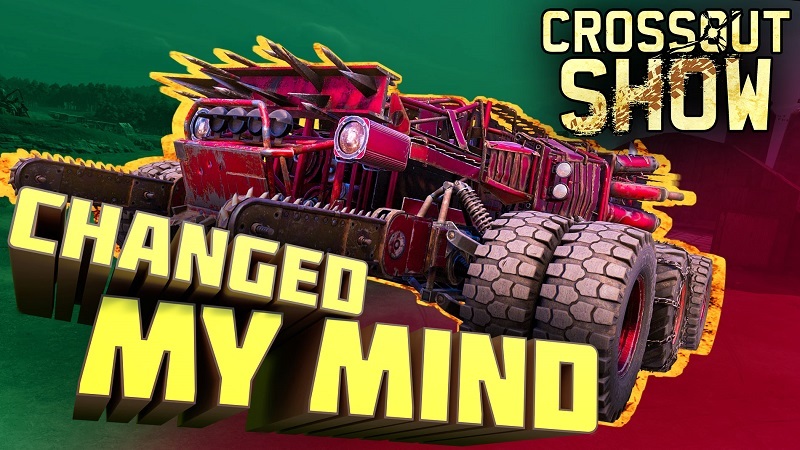
https://youtu.be/PO5KFQpfwQ4
Riders of the Apocalypse! We welcome you to our weekly Show, made so that you - the Waste’s best mechanics and riders, can earn some Gold! New episodes every Friday! Anyone willing to submit a video, must send a letter to CrossoutShow@Gaijin.team containing the link to your video, your in-game nickname and the email address registered with your game account, so we can send you the Prize… should your video win!
When you leave a comment competing for the best comment of the week, don’t forget to include your account name, with all the right capital and lowercase letters, so that we can find you...and give you your well-earned Gold!
In this episode:
For more information on Crossout, follow these channels:




